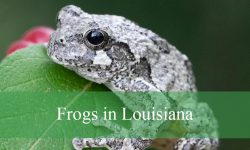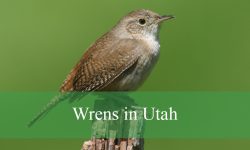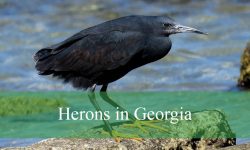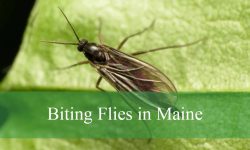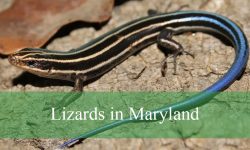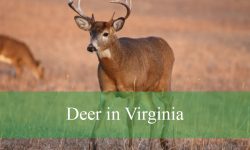Washington State is a paradise for birdwatchers, boasting diverse forests and woodlands that host 13 unique woodpecker species. From the towering Pileated Woodpecker to the tiny Downy Woodpecker, each bird offers a spectacular display of color, behavior, and sound.
Whether exploring lush national parks, quiet suburban parks, or forested trails, observers can spot woodpeckers actively drumming, foraging, and nesting. Spring and summer provide the best opportunities, as these birds are most visible and vocal.
Equipped with binoculars and patience, both novice and experienced birders can enjoy watching these fascinating creatures. Learning their calls, plumage, and preferred habitats enhances every birdwatching adventure in Washington.
Types of Woodpeckers Found in Washington
Pileated Woodpecker
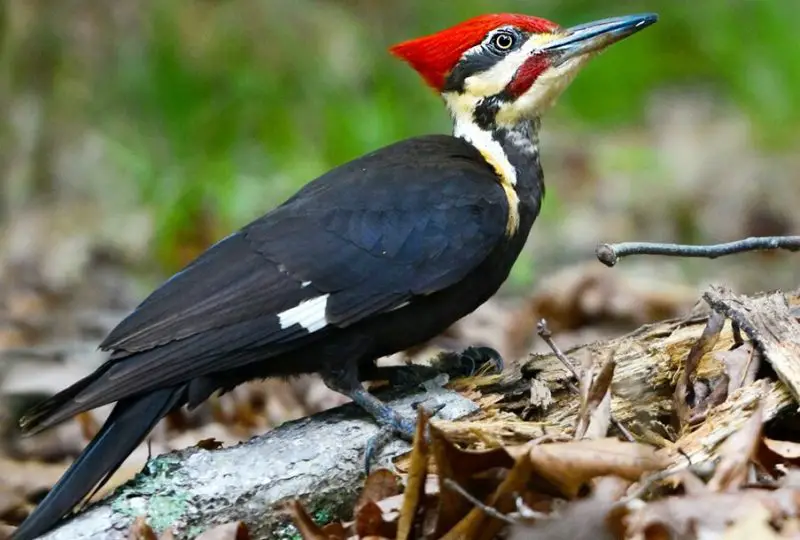
The Pileated Woodpecker is the largest woodpecker in Washington, often compared in size to a crow. It has mostly black plumage with bold white stripes along the neck and wings, and a bright red crest on its head. Its strong, chisel-like bill is perfect for excavating deep into tree trunks to reach insects. This species leaves large rectangular holes in trees, a hallmark of its feeding behavior.
Pileated Woodpeckers primarily inhabit mature forests with large trees, including both deciduous and coniferous woodlands. They are especially drawn to older or decaying trees, where they can find ample insects like carpenter ants and beetle larvae. In Washington, they are commonly found in protected forested areas and national parks.
Behaviorally, Pileated Woodpeckers are territorial and often seen drumming on trees to communicate and establish territory. They are generally monogamous and maintain the same territory year-round. Despite their large size, they are surprisingly agile climbers, clinging vertically to tree trunks as they forage.
In addition to insects, these woodpeckers may occasionally eat fruits, nuts, and berries. Their large nesting cavities are often reused by other species of birds and small mammals, making them an important contributor to forest ecology. Birdwatchers can spot them by their loud, distinctive “cuk-cuk-cuk” calls and the striking rectangular holes in trees.
Northern Flicker
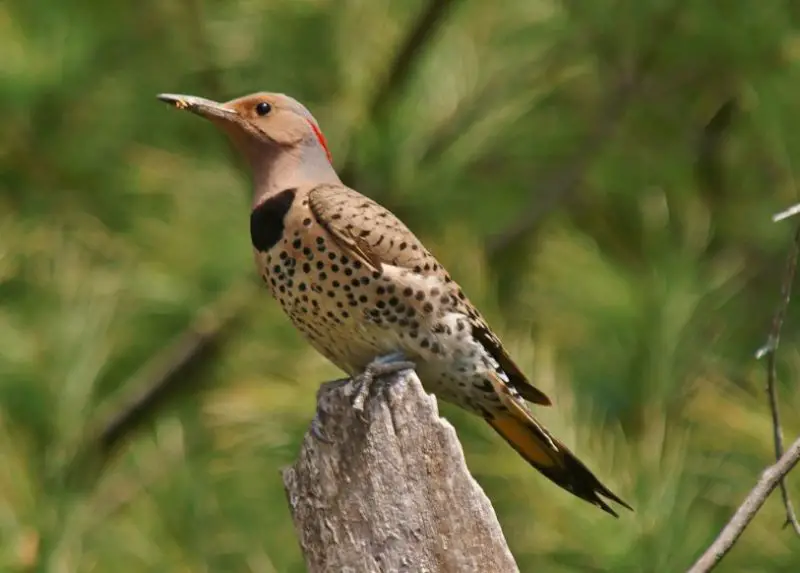
The Northern Flicker is a medium-sized woodpecker with brown plumage covered in black bars, a white rump patch, and a long, slightly curved bill. Unlike many woodpeckers, it often forages on the ground, searching for ants and beetles. Its head and chest may have bright yellow or red markings depending on the subspecies.
Northern Flickers are highly adaptable and can be found in open woodlands, parks, suburban areas, and forest edges throughout Washington. They prefer habitats with scattered trees and open spaces, where they can easily dig in the soil for food. They also nest in tree cavities, often reusing old holes from previous years.
These birds are known for their energetic drumming and distinctive calls, including a loud “wick-a-wick” sound. Flickers are often seen flying in a slow, undulating pattern and can be quite social outside the breeding season, sometimes forming small flocks.
Their diet mainly consists of insects, especially ants, which they pick off the ground using their long, sticky tongues. They also eat fruits, seeds, and berries. The Northern Flicker plays an important ecological role by controlling insect populations and providing nesting cavities for other species.
Downy Woodpecker
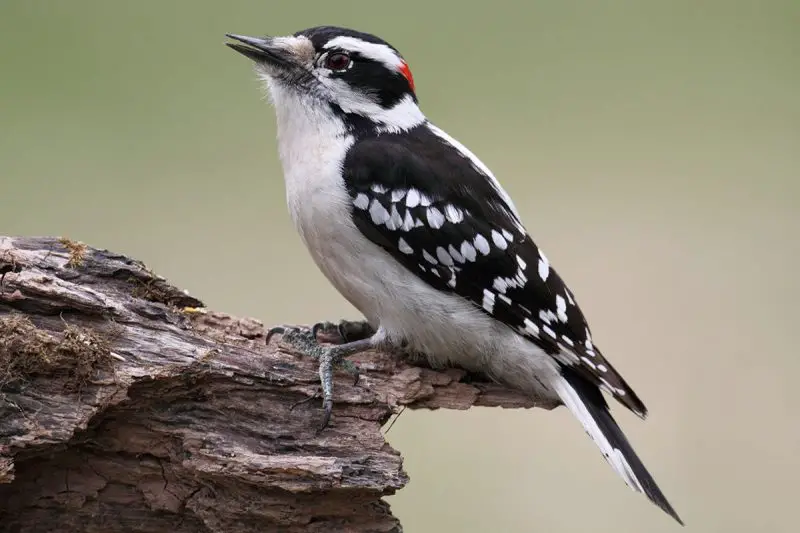
The Downy Woodpecker is the smallest woodpecker in Washington, measuring only about 6–7 inches in length. It has white underparts, black wings with white spots, and a characteristic black-and-white striped head. Males have a small red patch on the back of their heads, while females lack this marking.
This species is highly adaptable, commonly found in forests, woodlots, gardens, and suburban areas. It prefers smaller trees and shrubs for foraging, making it a frequent visitor to backyard feeders. Downy Woodpeckers excavate tiny holes in trees and branches to extract insects and larvae.
Downy Woodpeckers are energetic and acrobatic, often hanging upside-down from branches while foraging. They drum quickly on thin branches or metal surfaces to establish territory and attract mates. Despite their small size, they are highly persistent foragers.
Their diet mainly includes insects, spiders, and occasionally seeds. They are known to frequent bird feeders offering suet and sunflower seeds, making them popular among birdwatchers. Downy Woodpeckers are vital for controlling insect populations in both natural and urban environments.
Hairy Woodpecker
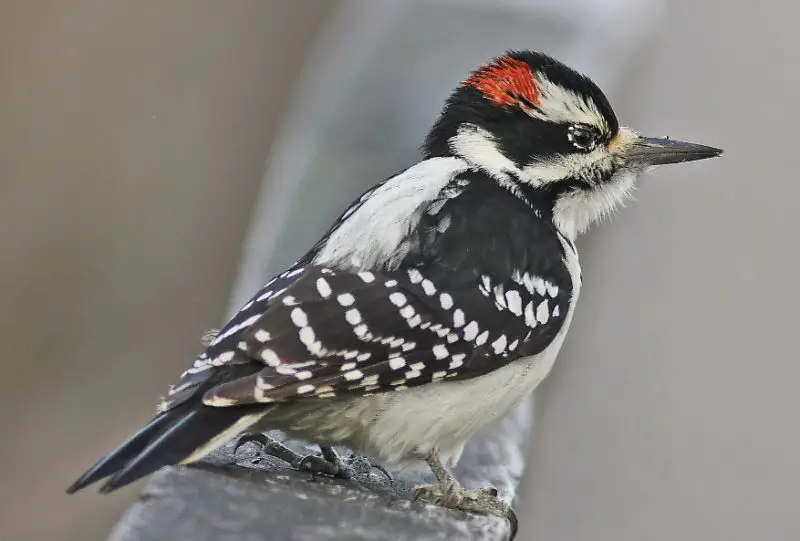
The Hairy Woodpecker closely resembles the Downy Woodpecker but is noticeably larger, measuring around 9 inches long. It has a longer, sturdier bill and similar black-and-white plumage with a striped head. Males feature a small red patch on the back of their heads.
Hairy Woodpeckers inhabit mature forests, woodlands, and forest edges throughout Washington. They prefer larger trees than the Downy and are often found in coniferous and mixed forests. They nest in tree cavities, which they excavate themselves, sometimes reusing old holes.
These birds are active and persistent foragers, drilling deep into bark to extract insects, especially beetle larvae. They drum loudly on trees to mark territory and communicate with potential mates. Hairy Woodpeckers are generally solitary or found in pairs outside the breeding season.
Their diet consists mainly of insects, but they will also consume fruits, nuts, and occasionally seeds. Hairy Woodpeckers play a key ecological role by helping manage insect populations in forested areas. Birdwatchers can distinguish them from Downy Woodpeckers by size and bill length.
Red-breasted Sapsucker
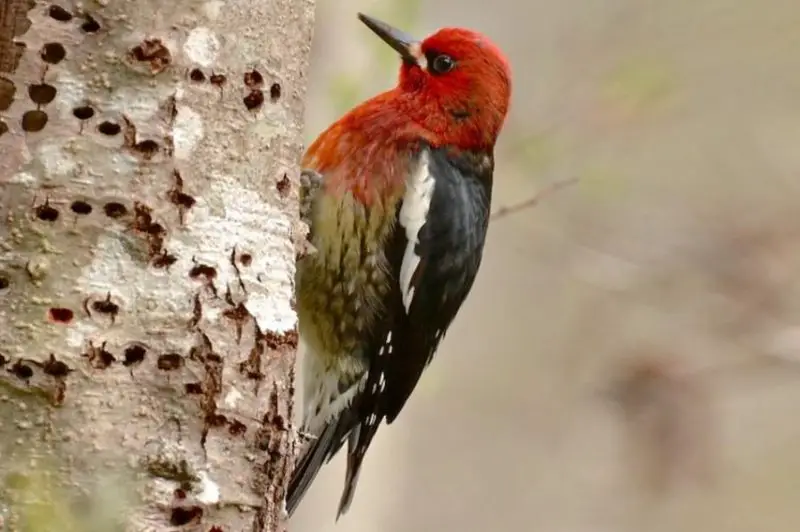
The Red-breasted Sapsucker is a medium-sized woodpecker with a bright red head, throat, and upper chest, contrasting with a black-and-white barred back. Its belly is pale, and it has a relatively short, chisel-like bill for drilling sap wells. This species is striking due to its bold coloration.
Red-breasted Sapsuckers inhabit coniferous and mixed forests in Washington, often at mid to high elevations. They are commonly found in areas with aspen, fir, and pine, where they can create rows of sap wells to feed on tree sap and insects attracted to the sap.
These birds are highly territorial, defending sap-producing trees from other sapsuckers and even different bird species. They drum lightly on trees and use vocal calls to communicate. Their movements are often methodical as they move between sap wells.
Their diet consists of tree sap, insects, and occasionally fruits or berries. The sap wells created by these woodpeckers are used by other animals, including hummingbirds and small mammals, making them an important part of the forest ecosystem. Birdwatchers can easily identify them by their vivid red head and chest.
Red-naped Sapsucker
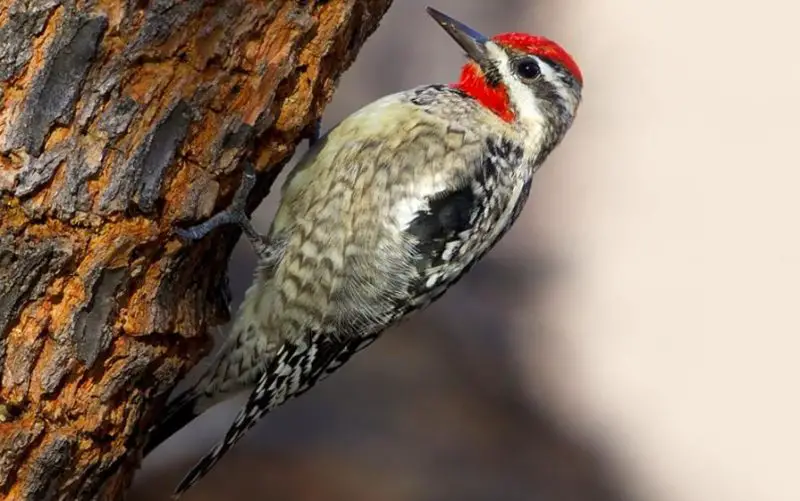
The Red-naped Sapsucker is a medium-sized woodpecker recognized by its bright red nape and throat, contrasting with a black-and-white barred back and pale belly. Its bill is sturdy and chisel-shaped, ideal for drilling sap wells. Males display more vivid red markings, while females are slightly duller in color.
This species prefers mixed forests and woodland edges throughout Washington, especially areas with aspen, oak, and coniferous trees. They often forage at mid-elevations where tree diversity is high. Nesting occurs in tree cavities they excavate themselves, usually in dead or decaying trees.
Behaviorally, Red-naped Sapsuckers are territorial and defend their feeding trees from other sapsuckers. They drum on trees and use sharp calls to communicate with mates and rivals. They move systematically along tree trunks and branches, creating neat horizontal rows of sap wells.
Their diet mainly consists of tree sap and the insects attracted to it, such as ants and beetles. Occasionally, they consume berries and fruits. The sap wells they make are used by other wildlife, including hummingbirds and small mammals, making them an important ecological species.
Williamson’s Sapsucker
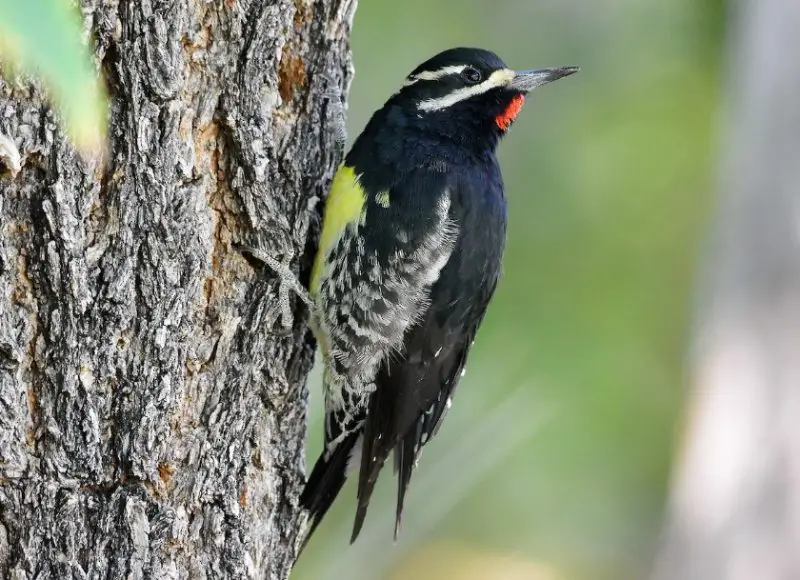
Williamson’s Sapsucker is a medium to large woodpecker, with males having striking red heads and throats, black bodies, and white wing patches. Females are mostly brownish with streaked breasts. Its strong, straight bill allows it to drill sap wells and excavate nesting cavities.
This species inhabits high-elevation coniferous forests, especially mixed stands of pine, fir, and larch in Washington. They prefer older forests with abundant dead trees for nesting. Williamson’s Sapsuckers are more localized than other sapsuckers due to their high-elevation preference.
They are territorial and often secretive, moving quietly between feeding sites. Drumming is less frequent than in other woodpeckers, but they use vocalizations to communicate with mates. They are also known to forage on the ground occasionally.
Their diet consists primarily of sap and insects, but they also consume seeds and berries. Williamson’s Sapsuckers contribute to the ecosystem by creating sap wells and nest cavities used by other species, making them an important part of high-elevation forest communities.
White-headed Woodpecker
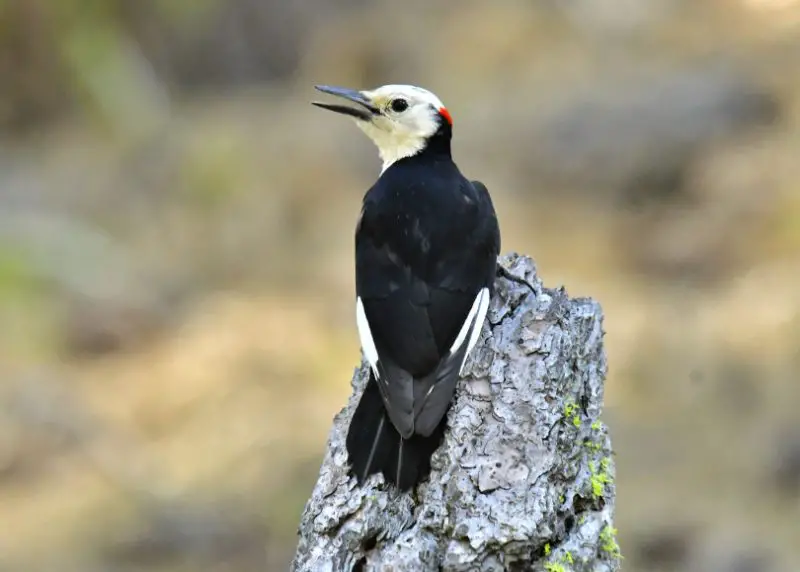
The White-headed Woodpecker is a medium-sized woodpecker with a striking white head contrasting with a mostly black body and wings. Males and females look similar, with subtle differences in size and coloration. They have a strong, chisel-like bill, perfect for extracting insects from pine bark.
They inhabit coniferous forests, particularly those dominated by ponderosa and lodgepole pines throughout Washington. They prefer mature forests with large, healthy trees for foraging and nesting. Nests are excavated in dead or living pine trees, often at higher elevations.
White-headed Woodpeckers are active foragers, moving acrobatically along trunks and branches in search of beetles, ants, and larvae. They are territorial during breeding season, drumming and calling to defend their nesting sites.
Their diet is largely insect-based, but they also consume pine seeds and occasionally berries. By creating cavities in trees, they provide nesting sites for other cavity-nesting birds and small mammals, making them a vital component of pine forest ecosystems.
Black-backed Woodpecker
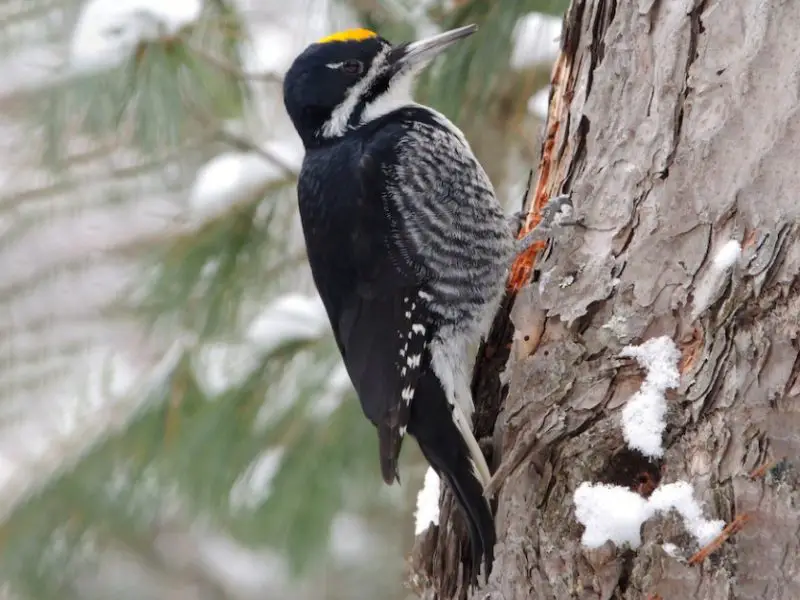
The Black-backed Woodpecker is a medium-sized woodpecker characterized by its solid black back, pale underparts, and a prominent yellow or white crown on males. Its straight, chisel-like bill is well-suited for excavating insect larvae from dead wood.
This species specializes in recently burned forests and areas with large numbers of dead or dying trees. In Washington, they are closely associated with coniferous forests recovering from fire or beetle infestations, where they can find abundant insect prey.
Black-backed Woodpeckers are highly adapted to their unique habitat, often moving methodically along charred trunks and branches. They are mostly solitary, defending their feeding territories vigorously. Drumming is used primarily for communication during the breeding season.
Their diet consists almost entirely of wood-boring insects, beetle larvae, and ants. By feeding in burned forests, they help control insect outbreaks and play a key ecological role in post-fire forest recovery, while also providing nesting cavities for other species.
American Three-toed Woodpecker
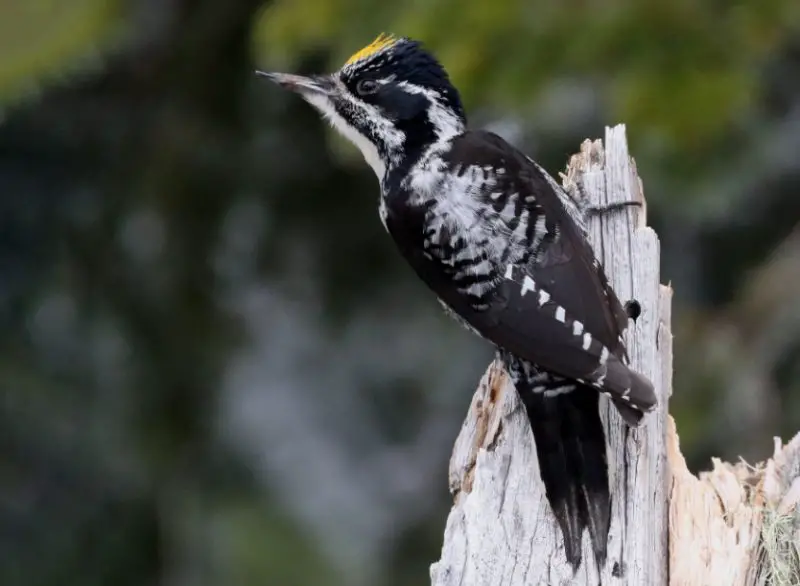
The American Three-toed Woodpecker is a medium-sized woodpecker with distinctive black-and-white plumage and only three toes on each foot, which enhances its climbing ability on tree trunks. Males have a yellow crown, while females have a plain black head.
They are primarily found in coniferous forests throughout Washington, especially in areas with dead or dying trees, such as those affected by beetle infestations or wildfires. Nesting occurs in cavities excavated in dead trees or large snags.
Behaviorally, this species is specialized for foraging on bark beetles and other wood-boring insects. They often move slowly and deliberately, drilling deep into tree bark and wood. They are mostly solitary outside of breeding season and are known for subtle drumming patterns.
Their diet is almost exclusively insectivorous, focusing on beetle larvae and ants. By foraging in dead trees, American Three-toed Woodpeckers help control pest populations and contribute to forest health. Birdwatchers often identify them by their unique three-toed feet and preference for burned or beetle-affected forests.
Lewis’s Woodpecker
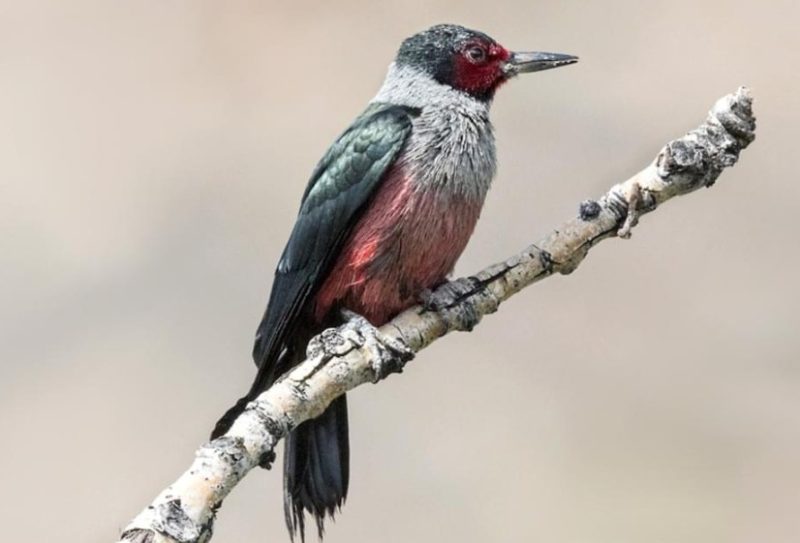
Lewis’s Woodpecker is a medium-large woodpecker with a unique coloration among Washington species. Its back is dark greenish-black, the breast has a rosy-pink hue, and the face features a grayish-green mask with a red throat. The bill is long and straight, adapted for catching insects both in flight and on tree surfaces.
This species prefers open woodlands, burned forests, and areas with scattered trees, such as riparian woodlands and orchards. In Washington, they are typically found at low to mid-elevations, especially in dry, open habitats where large trees are present for nesting.
Behaviorally, Lewis’s Woodpeckers are less arboreal than other woodpeckers, often hawking insects in mid-air or perching conspicuously. They are social outside the breeding season, sometimes forming small foraging groups. Their drumming is minimal compared to other woodpeckers, with vocal calls being more prominent for communication.
Their diet includes flying insects, berries, and seeds. By foraging in open habitats, Lewis’s Woodpeckers contribute to insect population control. Nest cavities they excavate are later used by other cavity-nesting birds and small mammals, adding ecological value to their role in woodland ecosystems.
Acorn Woodpecker
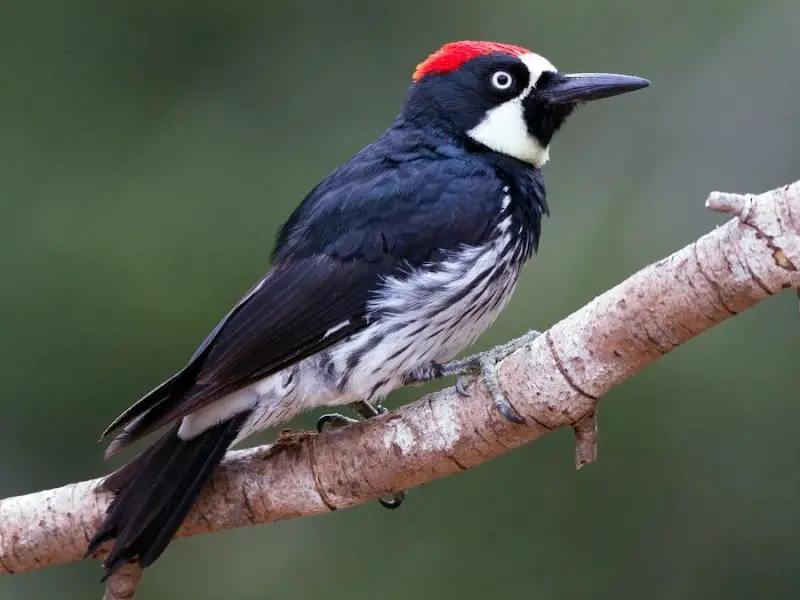
The Acorn Woodpecker is a medium-sized woodpecker distinguished by its black back, white face, and red crown. Its unique behavior includes storing acorns in “granaries,” which are holes drilled in trees or wooden structures. The bill is short and sturdy, ideal for both drilling and chiseling acorns.
In Washington, this species is considered an accidental visitor, as it is native primarily to California and parts of the southwestern United States. When present, it inhabits oak woodlands and areas with scattered oak trees, where it can store acorns in clusters.
Acorn Woodpeckers are highly social and live in cooperative groups, often defending shared granary trees from intruders. They are energetic and vocal, with a distinctive cackling call and rapid drumming during foraging or territorial defense.
Their diet mainly consists of acorns, insects, and fruit. The granaries they create provide food stores for winter and also attract other wildlife, including squirrels and small birds, making them a keystone species in oak woodland ecosystems.
Yellow-bellied Sapsucker
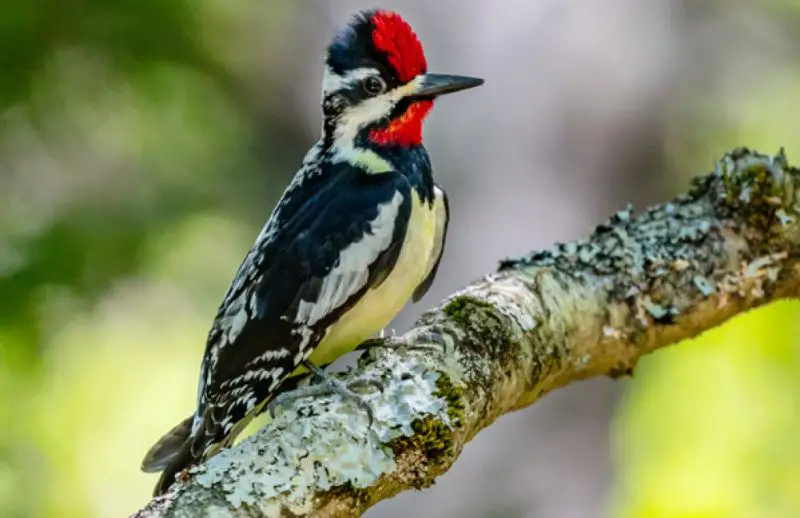
The Yellow-bellied Sapsucker is a medium-sized woodpecker with a red forehead and throat (males), black-and-white striped face, and yellowish belly. Its strong, chisel-like bill allows it to drill neat rows of sap wells in tree trunks. Females have less red on the head and throat but share similar plumage patterns.
This species is rare in Washington and considered an accidental or migratory visitor. It primarily breeds in eastern North America and migrates south during the winter. When present, it inhabits mixed forests and woodland edges where sap-producing trees are available.
Yellow-bellied Sapsuckers are highly specialized for sap feeding, drilling rows of small holes in trees and returning to lap up sap and the insects attracted to it. They are territorial and communicate using drumming and vocal calls to maintain feeding areas.
Their diet consists mainly of tree sap, insects, and occasionally fruits and berries. By creating sap wells, they provide food sources for other wildlife, including hummingbirds and squirrels. Their unique foraging behavior makes them an interesting species for birdwatchers, even though sightings in Washington are uncommon.
Best Time and Places to Observe Woodpeckers in Washington
Best Time to See Woodpeckers
The ideal time to observe woodpeckers in Washington is during the spring and summer months (April to July) when birds are actively nesting, drumming, and foraging. During this period, males are vocal and display more frequently to attract mates, making them easier to spot. Early morning hours are generally the most productive, as woodpeckers are most active shortly after sunrise.
In the fall and winter (October to February), some species like the Northern Flicker and Downy Woodpecker remain in the state, but others, including Yellow-bellied Sapsuckers, are only occasional visitors. Observation during these months requires patience, as birds are quieter and spread out across forests and woodlands.
Best Places to Observe Woodpeckers
Woodpeckers can be seen in a variety of habitats across Washington. Mature forests with large trees are excellent locations, including national parks like Mount Rainier National Park and Olympic National Park. Coniferous forests in eastern Washington are ideal for species like the White-headed Woodpecker and American Three-toed Woodpecker, while mixed and open woodlands are good for Lewis’s Woodpecker and Red-naped Sapsucker.
Urban and suburban areas with scattered trees and backyard feeders also provide opportunities, especially for adaptable species like Downy Woodpeckers and Hairy Woodpeckers. Observers are encouraged to visit areas with dead or decaying trees, as these provide natural feeding and nesting sites for many woodpeckers.
FAQs About Woodpeckers in Washington
What are the most common woodpeckers in Washington?
The most commonly seen woodpeckers include Downy Woodpecker, Hairy Woodpecker, Northern Flicker, and Pileated Woodpecker. These species are widespread and adaptable to various habitats.
Can I see all 13 woodpecker species in one visit?
It is unlikely to see all 13 species in a single trip due to habitat preferences and seasonal migrations. However, visiting multiple habitats—such as mature forests, mixed woodlands, and urban areas—during spring and summer increases the chances of observing a wide variety.
What equipment is best for observing woodpeckers?
A pair of binoculars (8×42 or 10×42) is recommended for spotting woodpeckers in trees. A field guide or bird identification app can help distinguish between similar species like Downy and Hairy Woodpeckers.
Are woodpeckers easy to find in urban areas?
Yes, some species like Downy Woodpeckers, Hairy Woodpeckers, and Northern Flickers are adaptable and can be spotted in parks, gardens, and suburban backyards, especially if bird feeders with suet or sunflower seeds are present.
How can I attract woodpeckers to my backyard?
Providing suet feeders, seed feeders, and fruit can attract woodpeckers. Leaving dead trees or snags (if safe) provides natural foraging and nesting sites. Planting native trees and shrubs that host insects also helps create a woodpecker-friendly environment.

